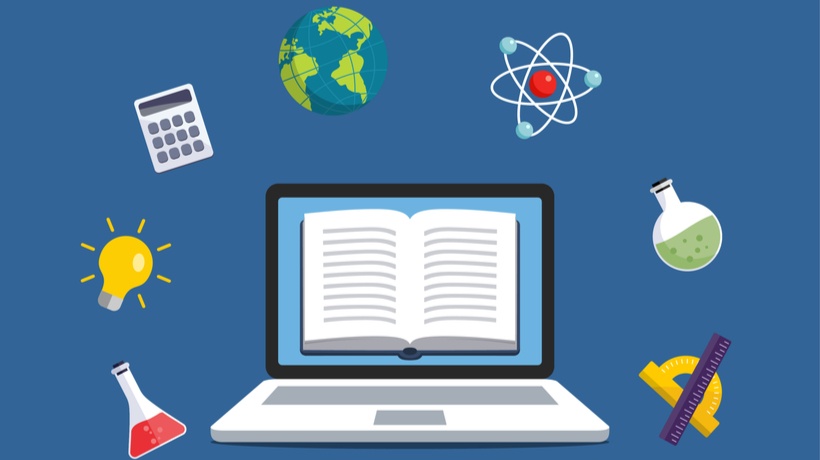
Over the last few years, the landscape of education and learning has actually undertaken a profound transformation. At the heart of this adjustment is the development of education and learning platforms, which have actually transformed the means we accessibility and provide discovering. These systems are more than just digital tools; they stand for a standard change in education, driven by technological improvements and the expanding demand for flexible, customized discovering experiences.
Education and learning systems include a large selection of solutions and performances, from on the internet courses and virtual class to interactive simulations and collective devices. They accommodate learners of any ages, histories, and passions, giving access to a wealth of understanding and resources formerly unbelievable.
Comprehending Education Operatings Systems
Education platforms are electronic settings that facilitate the shipment and monitoring of educational content. These systems can be found in various kinds, each created to address specific educational requirements.

They can be generally categorized into Learning Administration Systems (LMS), Massive Open Online Courses (MOOCs), and specialized platforms for niche subjects.
An LMS is typically made use of by organizations to manage training course materials, assessments, and student progress. It serves as a centralized center where educators can upload sources and monitor trainee performance. Instances include Blackboard and Moodle, which are commonly embraced in universities and institutions worldwide.
MOOCs, on the various other hand, offer training courses to a large audience, usually absolutely free or at an inexpensive. These systems, such as Coursera and edX, partner with respected universities to deliver high-grade material to thousands of students simultaneously.
- Learning Monitoring Solution (LMS)
- Massive Open Online Courses (MOOCs)
- Specialized Educational Platforms
Although these platforms have unique attributes, they share a typical objective: to make education more easily accessible, interactive, and learner-centered. They leverage technology to damage down geographical barriers and encourage individuals to seek long-lasting knowing at their own rate.
The Advantages of Education And Learning Operatings Systems
The appeal of education and learning platforms can be attributed to a myriad of benefits they provide both learners and educators. One of one of the most considerable benefits is adaptability. Unlike typical class settings, online systems permit students to accessibility content anytime, anywhere. This flexibility is especially useful for working specialists, parents, and people with differing routines.

Another notable benefit is the ability to personalize finding out experiences. Education and learning systems harness data and analytics to customize web content to specific demands and finding out styles. This personalized strategy boosts student interaction and enhances learning outcomes by resolving particular locations of stamina and weak point.
Additionally, education and learning systems commonly integrate interactive aspects such as tests, conversations, and multimedia content, making finding out more engaging and dynamic. This interactivity promotes a much deeper understanding of the material and urges active participation from students.
Difficulties and Factors to consider
While education and learning systems supply many advantages, they are not without difficulties. Among the key worries is making certain equal access to modern technology and the internet. The digital divide stays a significant obstacle for lots of learners, specifically in remote or financially disadvantaged locations.
- Making Sure Accessibility to Innovation
- Keeping High Quality Specifications
- Addressing Privacy and Security Concerns
Keeping the quality of education and learning is an additional challenge encountered by these systems. With the fast expansion of on-line training courses, guaranteeing that material is precise, credible, and up-to-date is essential. Additionally, teachers must be properly educated to make use of these platforms properly and deliver engaging content.
Privacy and safety and security problems are additionally critical, as personal information is gathered and stored on these systems. Safeguarding this information and keeping individual trust are important for the ongoing success of education platforms.
The Future of Education Platforms
The future of education and learning platforms is appealing, with continuous innovations in modern technology set to further enhance their capacities. Technologies such as artificial intelligence, digital truth, and blockchain are poised to reinvent the means education is delivered and experienced.
Expert system can provide a lot more individualized learning experiences by evaluating data to forecast and resolve private knowing demands. Digital fact supplies immersive knowing experiences, allowing trainees to explore atmospheres and scenarios that would otherwise be hard to reach.
Conclusion: Taking On Digital Transformation in Education
As education and learning systems remain to advance, they hold the prospective to equalize education and learning and encourage students worldwide. By accepting digital transformation, teachers and establishments can improve the high quality and reach of their offerings, preparing trainees for the obstacles of the q&a qammunity for students platform modern-day world.
Finally, education systems stand for a considerable shift in the educational paradigm, using unprecedented chances for students to access knowledge and abilities. As these systems grow and adjust, they will certainly play a pivotal role in shaping the future of education.


